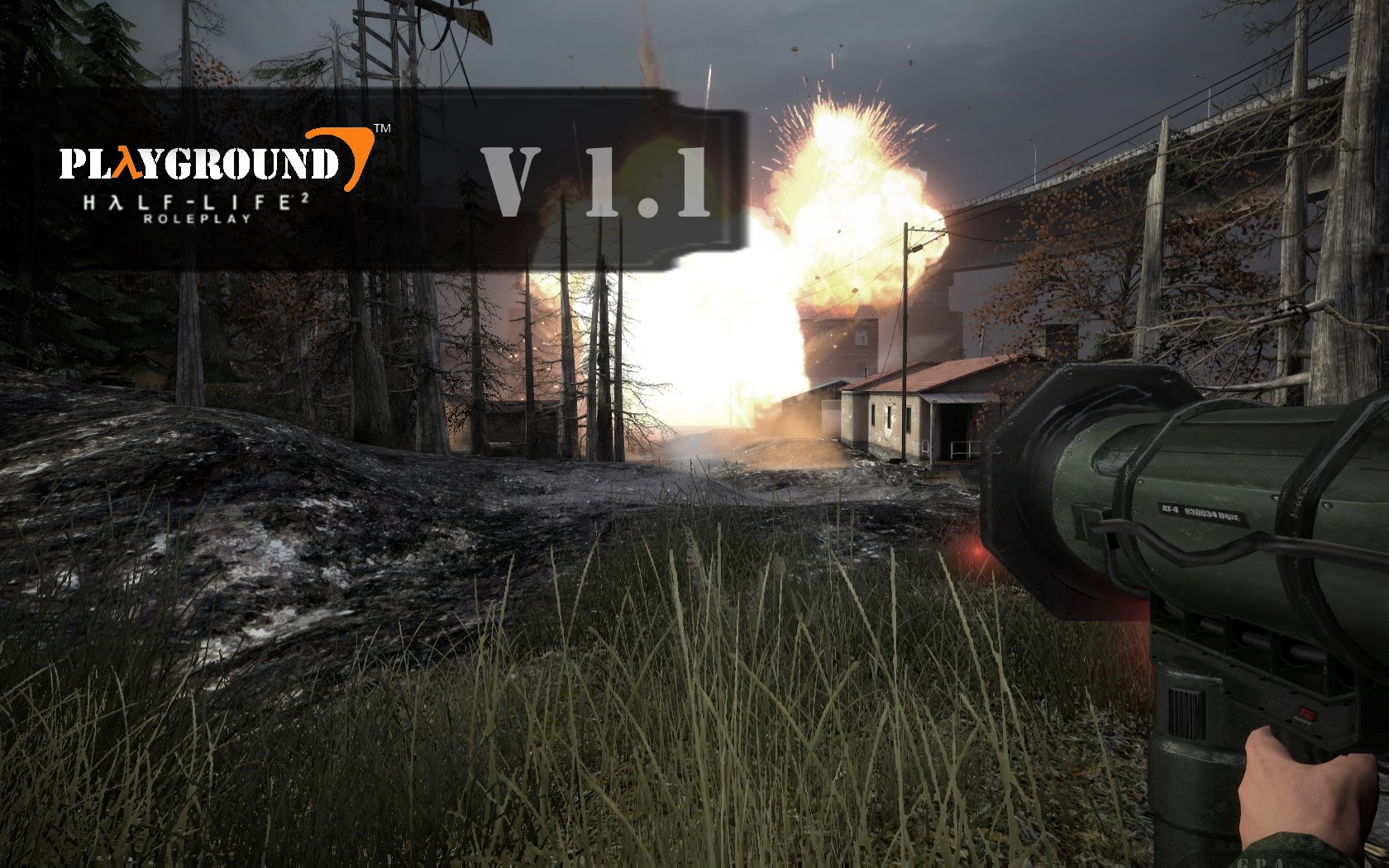


- #GUNSHOT WITH PARTICLE PLAYGROUND AFTER EFFECTS HOW TO#
- #GUNSHOT WITH PARTICLE PLAYGROUND AFTER EFFECTS SOFTWARE#
How to use Play Clip At Point //Plays a clip once at a specific position, without an Audio SourceĪudioSource.Pla圜lipAtPoint(AudioClip clip, Vector3 playPosition, Float volume)

And even though the maximum voice limit can be increased from the default 32 voices, different platforms have different limitations, so it’s good practice to try to keep the total voice count as low as possible to avoid sounds being culled. Try not to allow too many sounds to overlap all at once.ĭespite only playing from one Audio Source, two sounds triggered via Play One Shot will count as two ‘voices’. This makes Play One Shot especially suitable for repeating sounds but be careful. Triggering Play One Shot on an Audio Source that’s already playing will overlap the sounds (instead of interrupting it, like it would with Play).

Play One Shot is ideal for sound effects, particularly repeating sounds (for example gunfire). This is great for variation because it means that you can pass in a randomised volume value, or play two different clips at different volumes, without changing the overall volume of the Audio Source itself. This takes a float value between 0 and 1 and will adjust the volume of the clip relative to the volume of the Audio Source. You can also set an optional volume scale when calling Play One Shot. If, however, you just want to play whatever clip is on the Audio Source (like you would with play) then you can just pass a reference to that clip like this: audioSource.PlayOneShot(audioSource.clip, volume) This means that you must specify what clip you would like to play when you call PlayOneShot. Play One Shot is called on the Audio Source and takes a parameter for the Audio Clip to play. Play One Shot is possibly the lesser-known method of triggering a sound on an Audio Source but is extremely useful for triggering sound effects. How to use Play One Shot //Plays a specific clip on an Audio Source onceĪudioSource.PlayOneShot(AudioClip audioClip, Float volumeScale) This is because some other methods, such as Play One Shot, cannot trigger looping sounds, and also because using Play will only allow one clip to be played at a time from that Audio Source.Ĭalling Play on an Audio Source that is already playing will stop the Audio Source and start the clip again. It’s the most common method of triggering audio and is most suitable for playing looping sounds and music. Here’s a quick overview of the five different methods and how they work.Ĭall Play from a script to start an Audio Source: public class PlayAudio : MonoBehaviourĬalling Play will trigger whatever Audio Clip is set on the Audio Source. How to play a sound when destroying an object.How to play a sound when colliding with an object (3D & 2D).How to start music or audio when entering an area (3D & 2D).How to play a sound when pressing a button.How to use PlayDelayed and Play Scheduled.What you’ll find on this page Methods for playing audio and sounds in Unity Or by selecting Play on Awake on an Audio Source to play a clip automatically when an object loads.Įach method has its own unique benefits and use cases and in this article I’ll be explaining how each one works in detail as well as providing some examples that you can use in your game.audioSource.PlayDelayed or audioSource.Playscheduled to play a clip at a time in the future.AudioSource.Pla圜lipAtPoint to play a clip at a 3D position, without an Audio Source.audioSource.PlayOneShot to play overlapping, repeating and non-looping sounds.audioSource.Play to start a single clip from a script.There are several different methods for playing audio in Unity, including: So, to help, I’ve decided to put together an easy guide that covers the basics of playing audio and sounds in Unity, along with some real examples that you can use in your project. Once you know the basics it’s much easier to learn more, to experiment and to develop more advanced ideas.
#GUNSHOT WITH PARTICLE PLAYGROUND AFTER EFFECTS SOFTWARE#
I work in Unity a lot and, while I’m always learning, it’s easy to forget that, for a lot of people using the software for the first time, the most useful techniques to know are often the most basic ones.


 0 kommentar(er)
0 kommentar(er)
